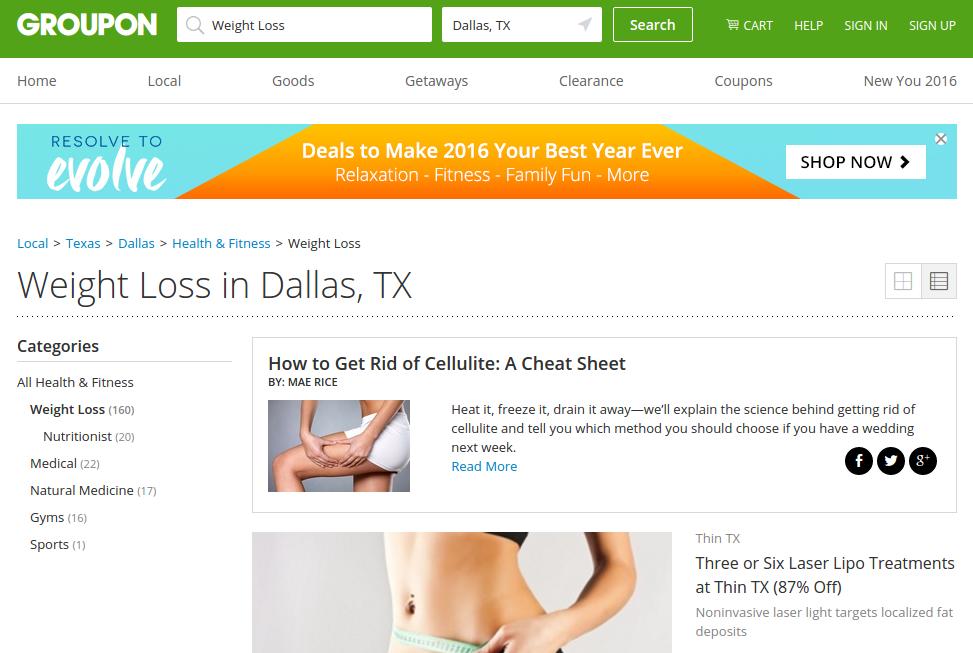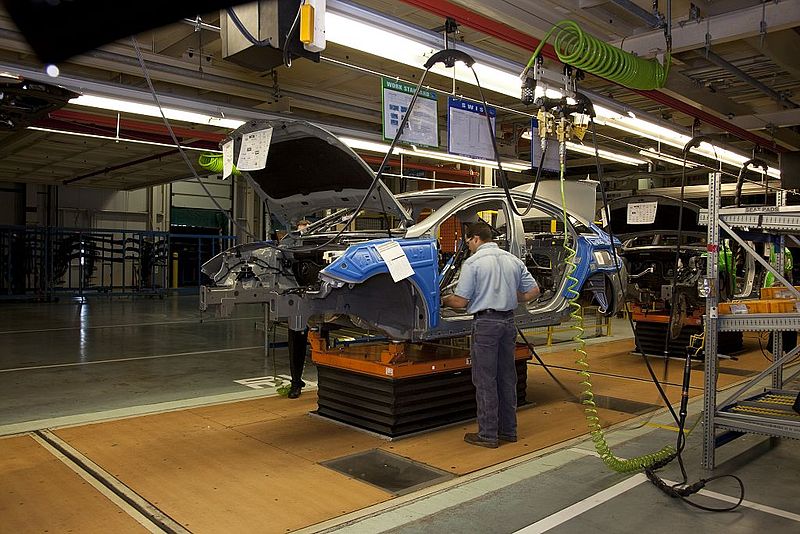What to Do If You Have Been a Victim of a Distracted Driving Accident
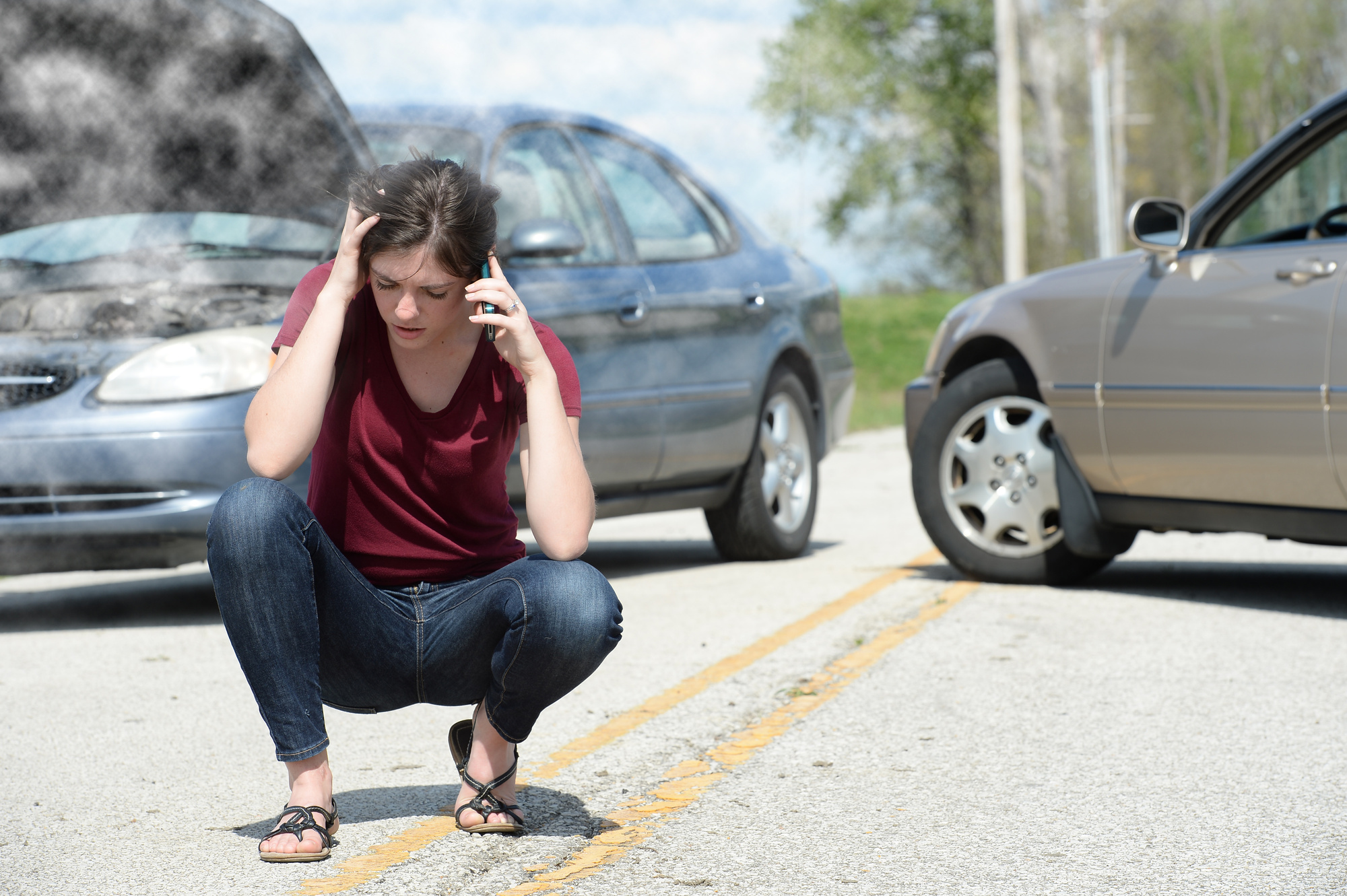
 Between 2016 and 2018, there were over 900,000 crashes caused by distracted drivers in the US alone. Around the world, people often find themselves the victims of a distracted driving accident through no fault of their own.
Between 2016 and 2018, there were over 900,000 crashes caused by distracted drivers in the US alone. Around the world, people often find themselves the victims of a distracted driving accident through no fault of their own.
If this has happened to you, you might be feeling scared and vulnerable, not knowing where to turn. Read on for definitive information on what your next steps should be.
What Is Distracted Driving?
Distracted driving is defined as any activity that takes the driver’s attention away from driving. This could be texting while driving, eating or drinking behind the wheel, or adjusting the navigation or stereo system within the car.
Texting is often the most dangerous distraction. Sending or reading a text will take the driver’s eyes off the road for about five seconds. This may not seem like much but, when traveling at 55mph, that can take a car the length of a football field.
When drivers are distracted, they are clearly more likely to get into accidents, endangering not just the lives of themselves and their passengers, but also the lives of those in other cars or on the sidewalk. In 2018 alone, distracted driving killed 2,841 people.
What to Do After a Distracted Driving Accident
If you’ve been the victim of an accident from a distracted driver, it’s obviously an incredibly stressful time. The first thing you need to do is make sure that you are physically taken care of. Go to a hospital and seek medical treatment for any injuries you might have sustained.
The next step after having a crash with a distracted driver is to get a copy of the police report. Someone at the scene will likely have called the police. From the report, you can see if there were any witnesses and request their contact information.
The next step is to find a personal injury lawyer. Make sure that they make the prosecutor in charge of your case is aware of any of your injuries. This will help to stop the defense lawyer of the distracted driver from negotiating the case down to something less serious.
When it comes to the aftermath of a distracted driving accident, you will also likely be dealing with an insurance company. Discuss your options with your lawyer to see what would be most beneficial to your case. Don’t agree to anything with your insurance company until you’ve had a second opinion, because it can affect how the law case plays out.
Even well after the accident has occurred, feel free to seek professional help from a therapist at any time. You’ve been through a lot and it may have had a lasting impact on your mental health. It’s always best to seek professional support, rather than trying to tough it out on your own.
Keen to Learn More?
Being involved in a distracted driving accident is a turbulent time for anyone. No one should have to go through something like that, but it’s reassuring to have a guide of what to do if the worst should happen. Remember there are those out there to help you through every step of the process, from legal support to medical and mental health aid.
If this information on what to do after a distracted driving accident was helpful, you might benefit from some of our lifestyle articles. Browse through them for tips on everything from relationships to home and garden.
5 Things You Must Do Before You Move Out of Your Old Home
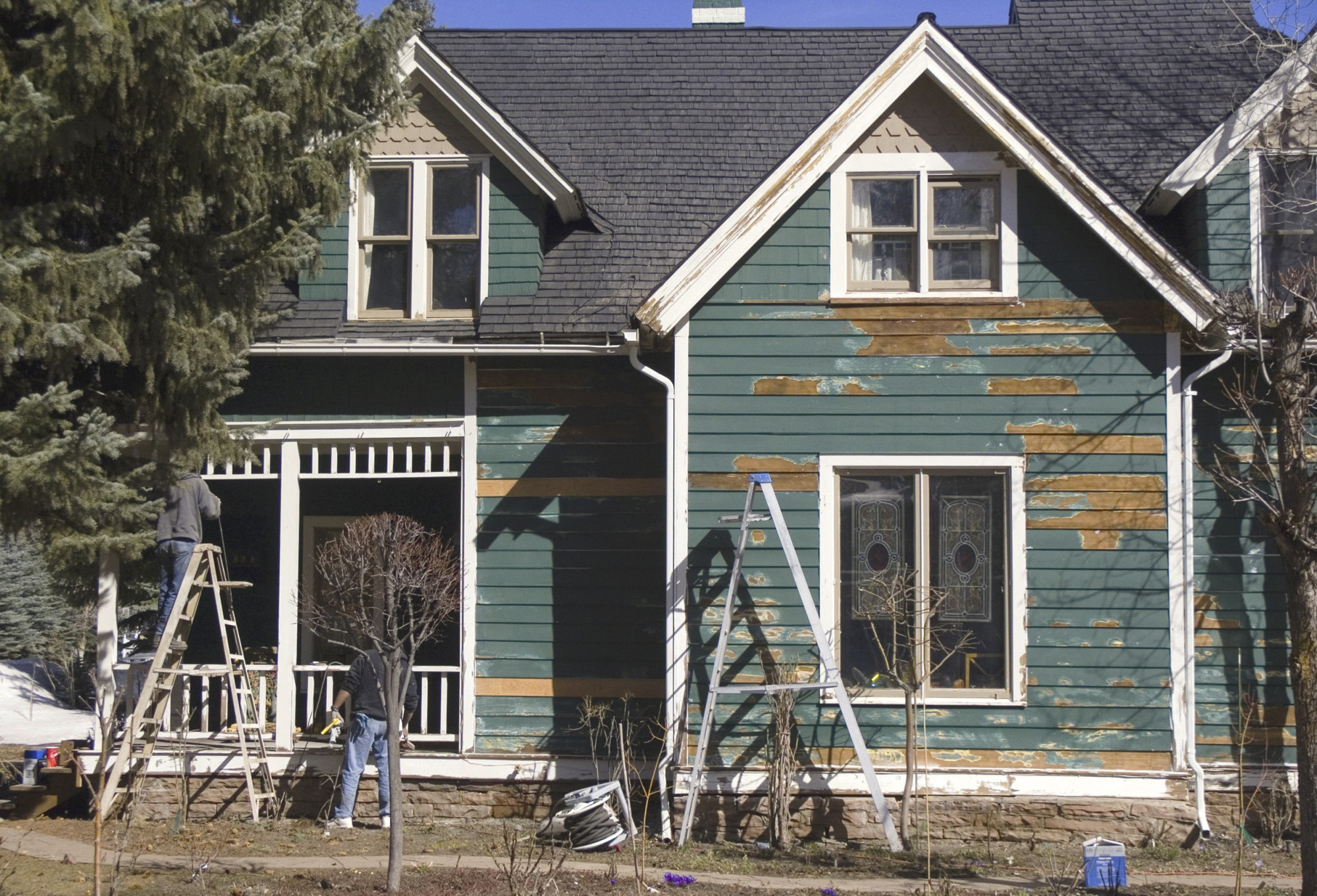
 It’s easy to get swept up in the excitement of moving from an old home to a new home. Moving to a new place offers a whole wide world of opportunities. If you’re upgrading to a larger, newer, and/or a more luxurious home, the excitement can be palpable.
It’s easy to get swept up in the excitement of moving from an old home to a new home. Moving to a new place offers a whole wide world of opportunities. If you’re upgrading to a larger, newer, and/or a more luxurious home, the excitement can be palpable.
However, before you get carried away, you need to make sure you’ve tied off all your loose ends. Is there anything you’ve forgotten to do or take care of at your old home? Are you sure?
We’re here to give you some peace of mind. Keep reading for a quick list of some of the most commonly forgotten details when leaving an old house behind.
1. Schedule Movers in Advance
First, and perhaps most importantly, make sure you schedule your movers a few weeks in advance. Depending on where you live and the time of year, you may have trouble booking a moving service the day of.
For some of the best movers, check out Moving Ahead Services. They are local and long-distance movers that also provide temporary storage. Remember, hiring movers is not something you should leave until the last minute.
2. Turn Off the Utilities to Your Old Home
Next, before moving out of your old home, schedule to have your power, gas, and water turned off. We recommend scheduling the cancellation a day after moving day. Canceling these services before you get everything out could lead to problems, such as not having a working toilet while you’re trying to finish packing.
Additionally, don’t forget to cancel your waste removal service, unless you want to keep paying for it after you leave. Finally, if you’re currently paying HOA fees, make sure you notify the HOA that you’re moving.
3. Change Your Address
One of the most important moving tips is to remember to redirect your mail. You can temporarily redirect it through the post office until you get settled into your new location. Then, you can officially change your address.
Additionally, make sure you notify the appropriate companies and people of your new address. Otherwise, they’ll continue to send you mail to your old home.
4. Double-Check Each Room
Before embarking on your local or cross-country move, go through the house one more time to make sure you haven’t forgotten anything. If there is any furniture or built-ins, go through each drawer or cubby.
Check each room and the attached closets or bathrooms. Lastly, look through your storage areas, garage, and basement.
5. Cancel Your Existing Home Services
Finally, make sure you take care of your other recurring services specific to your old home. By this point, your utilities should be taken care of. However, don’t forget about:
- Internet
- Cable
- Phone lines
- Mailing subscriptions
- Etc.
Additionally, remember to contact your insurance company to change your homeowner’s insurance policy. They’ll need to update your address and all the other important information. Failing to update this information will void your policy.
Are You Looking for More Lifestyle Advice?
Are you leaving your old home behind and looking forward to the future? If so, we couldn’t’ be more excited for you. We know how exciting it is to move to a new house.
Just remember to follow our quick checklist before you leave. And for more lifestyle tips, read through some of our other articles while you’re here. We have tons of valuable advice and information for homeowners like you.
Our Favorite Outdoor Toys To Get You Ready For Spring!
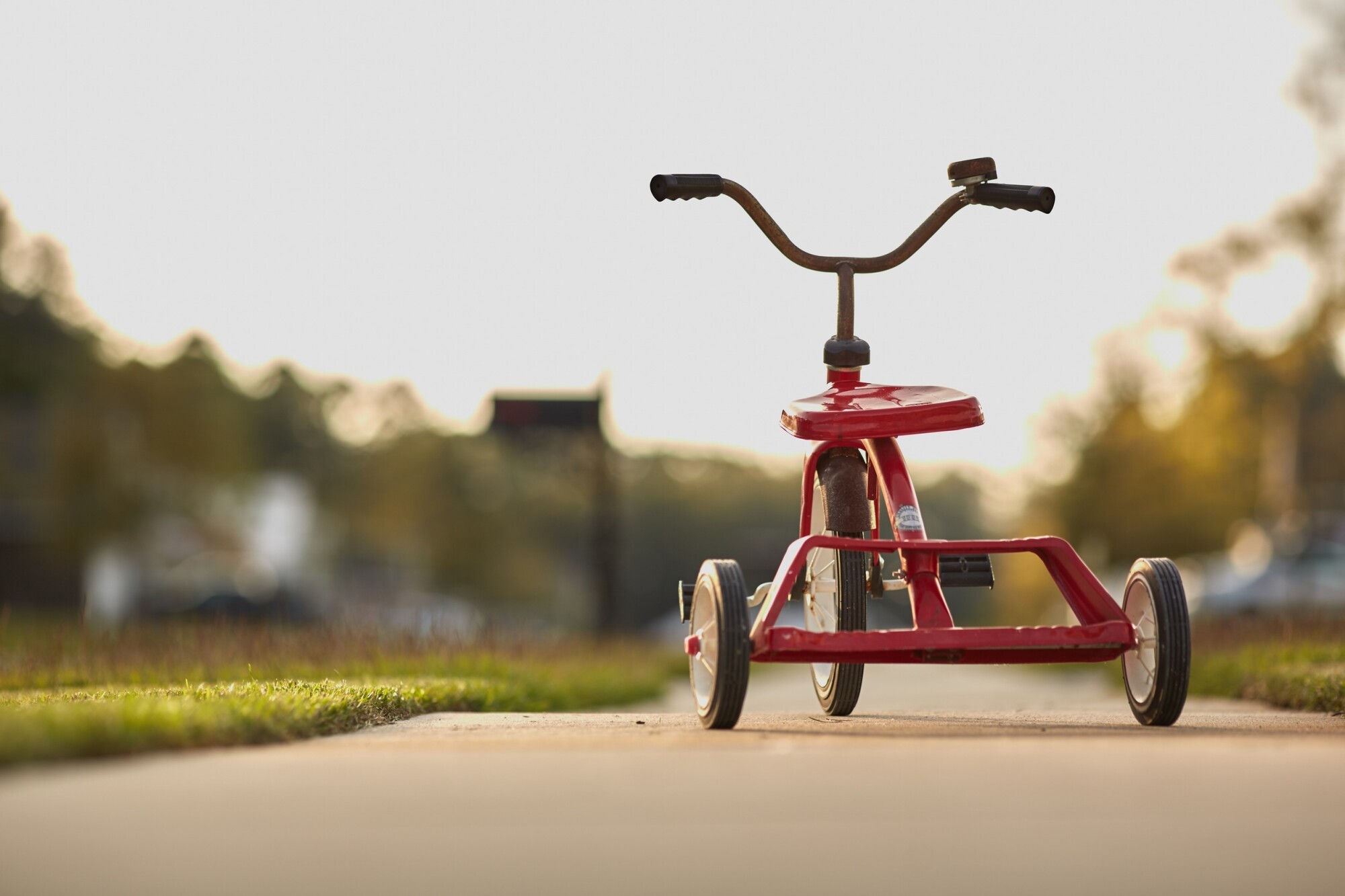
 Spring is just around the corner. Do you know what that means?
Spring is just around the corner. Do you know what that means?
It means spending more time outside, in the yard, on the trail, and at the lake. After staying cooped up and cozy all winter long, our legs are ready to stretch.
Our kids, especially, are ready to run, to roam, to climb, and to stay outside as long as possible. And with the right outdoor toys, you can ensure a long and happy spring, summer, and even autumn ahead.
So what are the best outdoor toys for kids to keep them out in nature longer? And what are the best outdoor activities for the whole family? We’ve compiled the list of things you need this season below.
Rock Climbing Holds With Tree Straps
Most people aren’t looking to build a proper rock climbing wall but would love to give their kids an opportunity to climb. You can get rock climbing holds that strap directly to large trees.
This keeps them physically active and engaged in their natural environment.
Climbing Dome
Kids are over basic playsets in the backyard. They want something more interesting and that allows for more climbing.
A climbing dome is made entirely of climbing bars and will provide your kids and their friends endless fun.
Portable Hammock Stand
After all of that climbing, kids will need a nice place to rest while still enjoying the sunshine and fresh air. A portable hammock stand is a perfect way to use hammocks in treeless yards.
Plus, you can take them anywhere. Now you can nap in a hammock on the beach or at the park to enjoy a restful time outside.
Cornhole
Year after year, cornhole boards are one of the most popular outdoor toys for adults. They work so perfectly at parties and BBQs, allowing you to compete without even putting your drink down.
Spikeball
Have you tried Spikeball yet? If not, get ready to put your cornhole boards in storage, because this game has been exploding in popularity lately.
Remember playing foursquare in elementary school? It’s kind of like that, mixed with volleyball, and way more fun than both.
A small trampoline is in the middle of a large circle (painted or drawn on the ground). Your goal is to hit a ball onto the net in such a way that the opposing team can’t get it. It’s a bit more physically active than cornhole, but a lot more fun for the whole family.
Slackline
When you see a slackline, it’s hard not to give it a try. Once you try and fail immediately, it’s hard not to try again. And again. And again.
Slacklining is difficult to get the hang of, even though it looks easy. You balance on a thin, flat band secured to 2 large trees.
The problem is that once you start, it’s hard to stop. You won’t be able to live with yourself until you can walk from tree to tree; an incredibly impressive feat.
Enjoy Your Yard Like Never Before With the Best Outdoor Toys
It doesn’t take a week-long trip into the backcountry to enjoy the outdoors. All you need is a yard and a few outdoor toys to make your spring and summer memorable.
Sure, camping trips are fun. But your kids will be much happier if they have something they can enjoy daily.
Need some more parenting and home tips and tricks? Be sure to visit the rest of our blog today.
5 Steps for Organizing a Youth Golf Tournament

 Planning safe exercise for kids becomes more challenging when it turns into sports.
Planning safe exercise for kids becomes more challenging when it turns into sports.
And planning sporting tournaments, in particular, is a challenge.
But planning a youth golf tournament doesn’t have to be.
#1 Get Help
The first thing you want to do is ensure you aren’t going in this alone. You are going to need help.
Set up a committee. How you organize it will be up to you. But it might be a good idea to have a director, a location scout, and a recruiter. You could even get sponsors.
This will make the entire process a lot easier.
#2 Find Your Course
Clearly, you are going to need a golf course.
You’ll want to find and book the course as early as possible. The earlier you lock down the location, the easier your planning will be.
Also, depending on the location, things like food services will be easier to plan. Some courses will already have those available. That will save you money and give you something else to check off your list.
#3 Decide Themes and Trophies
It’s not written in stone that your tournament needs a theme. But it can be an added benefit to your efforts.
A theme can make the rest of your planning easier. This is because a theme automatically decides a lot for you. Are you needed t-shirts and posters? A theme makes designing them smoother and ensures they are consistent.
A theme can also help you pick a trophy that’s right for your tournament. A crystal gold ball trophy might match your theme nicely. Or ribbons might be how you need to go.
#4 Establish the Schedule
The day of your tournament is going to be a busy day. If you’re lucky, there will be a ton of participants and spectators. This also means there will be a lot of distractions.
Establishing the schedule ahead of time will give you peace of mind. It will show you where there will be gaps you have to account for. It will also show you where important things could overlap. And you don’t want anyone missing out.
You want the tournament to be as smooth as possible. An established schedule will do that. Now, you can focus on having fun with everyone else.
#5 Widen Your Budget
The budget for your tournament is one of the most must-dos you have. Getting sponsors will help. As will booking your course early.
But unexpected costs will come up. It’s not enough to just plan for the obvious.
You’re going to want to budget for that unexpected. But no matter how well you plan and schedule, you cannot predict everything.
If you budget for more than you think you need, you’re covered.
The Youth Golf Tournament Can Be Fun For All
A youth golf tournament is mostly for the youth, yes. But it’s for their parents too. Use this, and go plan that tournament of the year.
Also, visit more posts on Search News Media for more guides!
Stop Buying Bottled Water! Here’s What to Do Instead

 The average American spends about $100 on bottled water each year. Unfortunately, there’s little evidence that bottled water is safer or healthier than tap water.
The average American spends about $100 on bottled water each year. Unfortunately, there’s little evidence that bottled water is safer or healthier than tap water.
First of all, many plastic bottles contain phthalates and other chemicals that affect endocrine function. Second, they leave a massive carbon footprint. On top of that, buying bottled water can be expensive in the long run.
Note that some bottled water brands use tap water. Although the tap water is treated, it may still contain bacteria and traces of heavy metals. Luckily, there are better options available.
Feeling confused? Here’s why you should stop buying bottled water and what to do instead!
Bottled Water May Not Be Safe
The safety of bottled water depends largely on the brand. These products are regulated by the FDA and must meet certain quality standards. But even so, the water may come from different sources, including local water supplies.
A recent study conducted on 47 bottled water brands has found that most of them had detectable levels of either heavy metals or PFAS.
Arsenic, lead, and other heavy metals may cause severe toxicity. These compounds have been linked to cancer, kidney damage, high blood pressure, and birth defects.
PFAS (per- and polyfluoroalkyl substances) are just as harmful. Over time, these chemicals may lead to hormonal imbalances, cancer, and liver problems. Plus, they tend to stay in the human body for years.
Plastic Bottles May Contain BPA
Another concern related to bottled water is the presence of bisphenol-A, or BPA. This synthetic compound is used in the manufacturing of plastic products and may affect human health.
BPA can leak into foods and beverages, making its way into your body. In one study, subjects who ate canned soup (which may contain this compound) every day for five days had 1,221% levels of BPA in the urine than those eating fresh soup.
Some brands are now offering BPA-free bottled water. Unfortunately, this option isn’t safer either. BPA-free bottles typically contain bisphenol-S or bisphenol-F, which have similar effects as bisphenol-A.
Note that bottled water is bad for the environment, too. Its entire life cycle contributes to pollution and global warming.
Switch to a Water Filtration System
Bottled water won’t necessarily improve your health or protect against diseases. As far as its taste goes, most consumers can’t tell the difference between bottled and tap water.
Whether you want to stay healthy, make savings, or reduce your carbon footprint, it’s worth switching to water filters. A quality water filtration system, like the ones at FilterSmart.com, will remove dirt, bacteria, chemicals, and heavy metals.
Filtered tap water will always be cheaper than bottled water. On top of that, you’ll have peace of mind knowing that you’re drinking clean water and protecting the environment.
While it’s true that a premium water filter may cost more upfront, you’ll save a fortune in the long run.
Stop Buying Bottled Water Once and for All
As you can see, buying bottled water is pretty much a waste of money. Most brands have detectable levels of chemicals and pollute the environment. Some are no better than tap water.
A whole house water filtration system offers more value for the money. It not only leads to cost savings but may also boost your health. Make the switch today—your future self will thank you!
In the meantime, check out the rest of our blog for other health tips. We’ll show you how to safely store water, how to get better sleep, and more!




